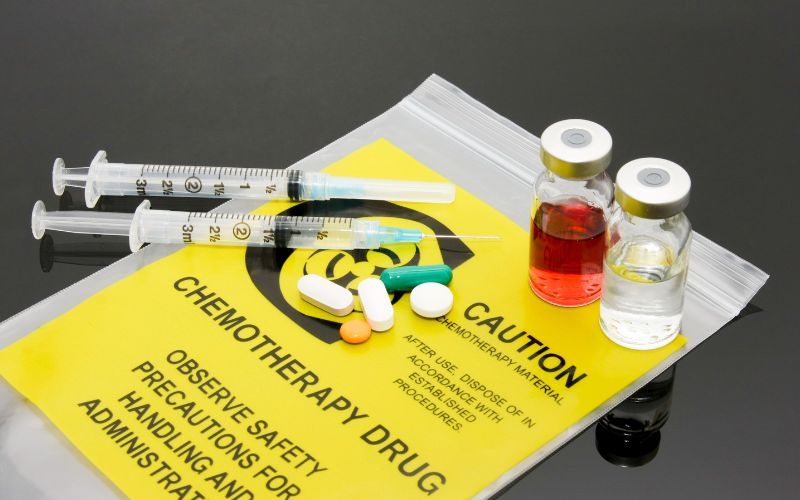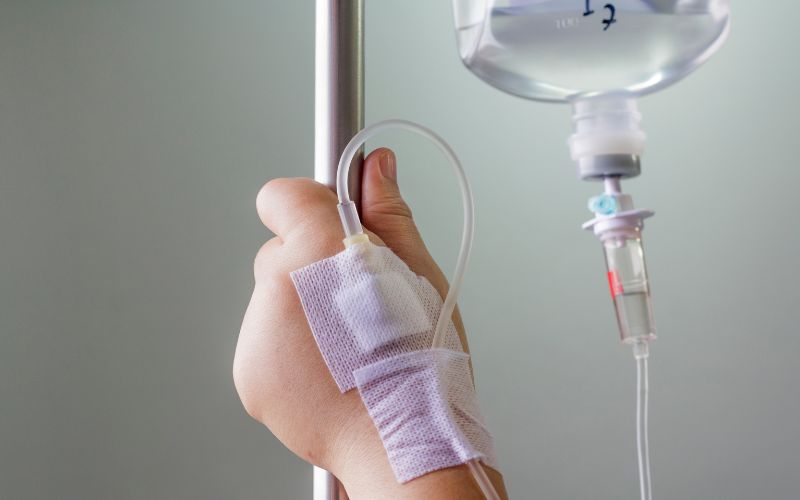Photodynamic therapy or PDT is one of the most modern methods that are used for cancer treatment with the help of special drugs that are activated by light. This approach involves giving photosensitizing agents that upon exposure to light of a particular wavelength form reactive oxygen that is lethal to cancerous tissues. PDT is a non-invasive treatment that provides an effective option to conventional treatments such as chemotherapy and radiation therapy with fewer side effects to the patients. Since cancer remains a major global killer, it is important to learn and apply such sophisticated treatments as PDT in the fight against this deadly disease. Due to the precision and efficiency of PDT, it can be recommended for many cancer patients.
Mechanism of Photodynamic Therapy
Understanding Photodynamic Therapy
PDT is the procedure where photosensitizing agents are used: substances that are activated by light of a particular frequency. These agents are taken by the patient and are assimilated into cells all over the body. However, they remain higher in cancer cells than in normal cells though they are not invariably higher. Once the photosensitizer is absorbed and the required time has elapsed the targeted area is illuminated with light of a certain wavelength. This light activation leads to the generation of reactive oxygen species (ROS) which are toxic to cells by the photosensitizer.
Targetingwith Photodynamic Therapy
PDT’s advantage is that it is very accurate in that it destroys cancer cells while leaving the rest of the cells undamaged. Photosensitizing agents tend to localize in cancer cells because of passive targeting that is characterized by enhanced permeability and retention. Thus, when the cancerous area is exposed to light, the photosensitizer releases ROS as a result of the interaction.
These ROS cause cellular damage and death, particularly to the lighted cancer cells. This allows for PDT to specifically target cancer cells by accumulating drugs only in the areas that require treatment while using light exposure to restrict the cancer cells’ growth without harming the rest of the body. This form of treatment not only increases the efficiency of the treatment but also decreases the side effects generally related to other broad treatments such as chemotherapy and radiation.
Effectiveness of Photodynamic Therapy for Cancer
Clinical Successes of Photodynamic Therapy for Cancer
PDT has been reported to produce good results in clinical practice and has the potential to improve treatment results of various types of cancer. Research on case reports and clinical trials has demonstrated that PDT can be used for the treatment of early-stage NMSC, including BCC and SCC. Furthermore, PDT has been useful in the treatment of Barrett’s esophagus which is a precancerous state of the esophagus and early esophageal cancer, lung cancer and bladder cancer.
The clinical trials have shown high efficacy of the treatment with many patients experiencing complete disappearance of their tumors. For instance, research has indicated that PDT can reach a cure of up to 90% in some superficial skin cancers. Also, the PDT has been applied in the treatment of cancer particularly in palliative care where it effectively minimizes the symptoms and enhances the quality of life in patients with advanced cancers that cannot be operated on.
Comparative Effectiveness of PDT
In general, PDT has the following benefits when compared with conventional cancer therapies: Another advantage of PDT is the specificity of the treatment affecting the cancer cells with minimal impact on the healthy cells. This precision minimizes the negative effects that are normally related to chemotherapy and radiation therapy including nausea, hair loss and fatigue. Furthermore, PDT is less invasive compared to surgeries; it generally entails short hospital stays and little or no discomfort.
The other benefit of PDT is that it can be repeated more times at the same site in case the disease re-emerges, and this does not cause cumulative toxicity. Given the above factors, PDT is considered a suitable treatment for recurrent cancers. Moreover, PDT has been proven to improve other anticancer treatments including chemotherapy or immunotherapy where the two treatments work hand in hand.
Benefits and Potential Side Effects of Photodynamic Therapy
Benefits of Photodynamic Therapy for Cancer Patients
In light of the above information, PDT is beneficial to cancer patients in numerous ways, and thus it is a preferred method of treatment. Another benefit of PDT is that it is an invasive procedure most of the time. In contrast to surgery, PDT does not entail the cutting of big flaps or excisions of large tissue volumes, and, thus, patients experience less discomfort and heal faster. This makes it possible for patients to get back to their normal activities much earlier and hence, enhances their quality of life.
PDT also has fewer side effects than traditional cancer therapy such as chemotherapy and radiation therapy. Systemic effects of chemotherapy include nausea, fatigue, and hair loss that are a result of the drug’s effect on both malignant and normal cells. However, radiation therapy, being localized, poses a risk of harming other tissues in the treated area. However, PDT does not affect the healthy tissues as much causing little side effects as compared to radiotherapy. Also, PDT’s short treatment sessions and most of the procedures being outpatient-based enhance the convenience and comfort for the patients.
Potential Side Effects and Risks of Photodynamic Therapy
PDT is usually well endured; however, like other therapies, it has some side effects that can be associated with it. The mild side effect that is most often reported is photosensitivity, a condition that makes the patient sensitive to light for several weeks after the treatment. This makes patients avoid going out in the sun and even when indoors they should not expose their skin to bright light lest they develop skin reactions. There are also other side effects of the treatment which include pain, swelling and erythema at the site of the treatment which are normally mild and can be controlled by proper care.
The management of photosensitivity entails avoiding exposure to light wearing protective gear and applying sunblock. These precautions are well explained by the healthcare providers to enable the patients to understand how to go through them.
Conclusion
Among novelties of cancer treatment, photodynamic therapy (PDT) is considered to be one of the most promising. Selectivity to cancer cells, non-invasive approach and fewer side effects than conventional treatments make it an effective tool in cancer treatment. Thus, PDT remains a helpful tool in cancer care that has the potential to offer better outcomes and quality of life for patients, although further studies are needed to determine the long-term consequences of the treatment.










